I love Asian food—particularly Asian noodle dishes and vegetable stir-fries with rice—but it can sometimes be a challenge to make homemade dishes as flavorful as I want.
Of course, the solution is to use a yummy sauce.
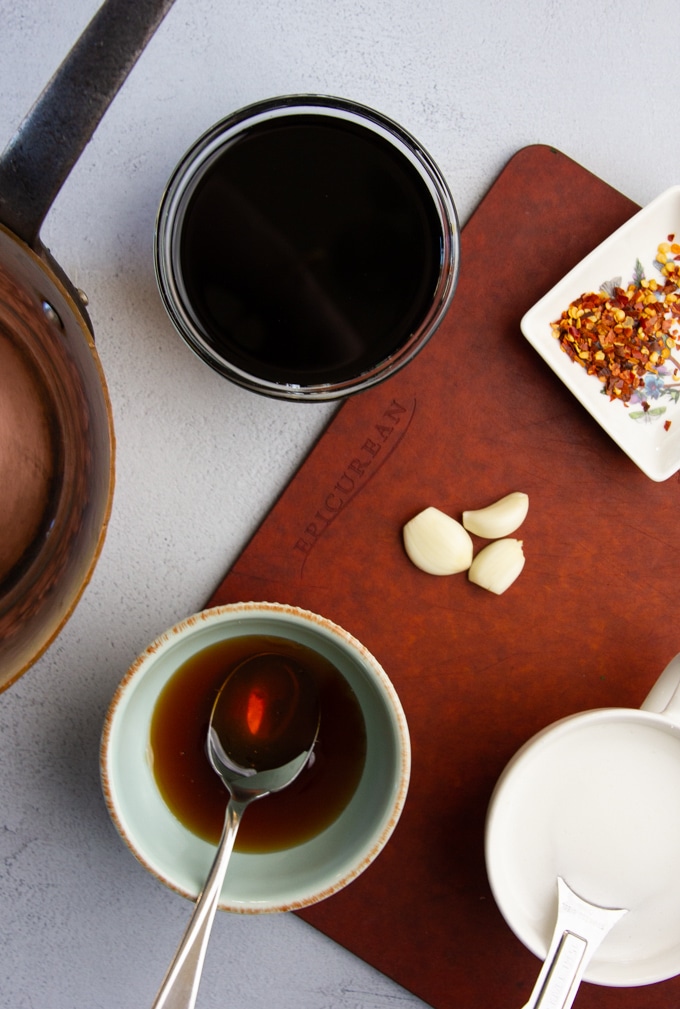
And until I came up with this recipe for soy chili sauce, I didn’t have one.
It has always been my challenge to balance soy sauce with other ingredients, and still create depth of flavor. Soy sauce is so salty that it tends to overpower everything else.
That is when I realized the key to balancing an Asian sauce.
Sugar.
How Soy Chili Sauce Is Balanced
Since I generally avoid cooking with sugar, I hadn’t tried it in my own recipes.
Yet Asian sauces are frequently sweetened with sugar. And now I realize there is a reason for it.
Sugar is a magic ingredient that packs a flavorful powerful punch. I would even liken sugar to the flavor enhancer MSG, otherwise known as monosodium glutamate.
Sugar both enhances the flavor of Asian sauces, and balances out the soy sauce.
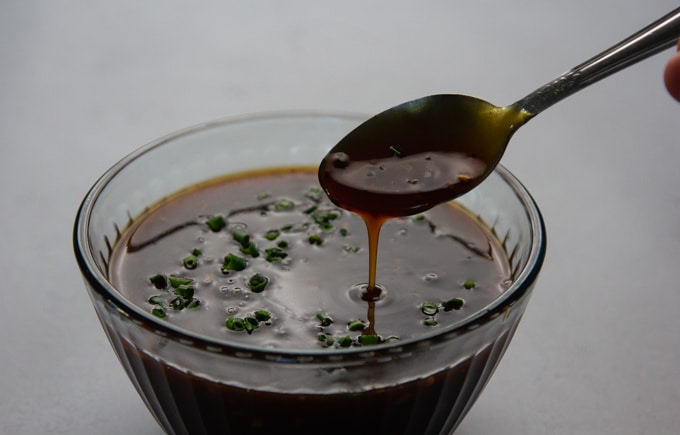
In early versions of this recipe I used honey, and it didn’t taste right. Still too salty and not right. Asian food doesn’t typically include honey.
Then, when I substituted the honey for organic raw sugar, that is when I felt like I had hit the jackpot. Only sugar can balance the strong taste of soy sauce.
I also experimented with sauces flavored with garlic, instead of ginger. While it is perfectly doable to substitute ginger for garlic (or use both) in this recipe, I do like the ginger.
I think ginger is the better companion for soy sauce any day.
How To Make Soy Chili Sauce
This soy chili sauce recipe takes just 10 minutes to make. In terms of prep, all you need to do is mince the ginger and gather the ingredients.
The ginger is sautéed in a saucepan with red chili flakes, and then all the liquid is added. It simmers five minutes with cornstarch to thicken.
This recipe is really easy to make with the chili flakes, rather than fresh chilis. However, you could also sauté up some fresh chilis with your ginger if you prefer.
Our soy chili sauce is nice and spicy, which is, in my opinion, another essential ingredient for a good vegetarian Asian dinner dish.
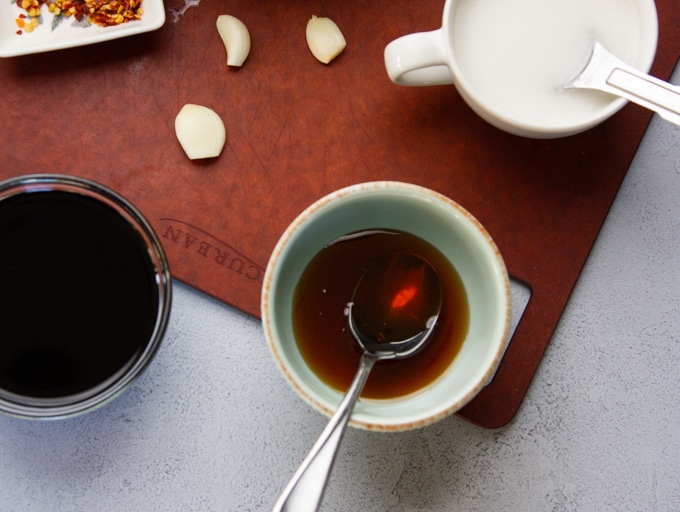
However, feel free to reduce the chilis if you prefer.
I am also going to encourage you to use the sesame oil if at all possible, because it adds depth of flavor to the soy chili sauce.
You can use the sesame oil again to make your stir-fry, and you can use it up in many Asian recipes.
I hope you love this soy chili sauce, and I would love to hear about all the creations you make with it.
Earlier I mentioned stir-fries and noodle dishes. May I also recommend soy chili sauce as a dip with Chinese Scallion Pancakes, or with Asian dumplings of any sort.
Recommended: Chinese Scallion Pancake Recipe With Dipping Sauce
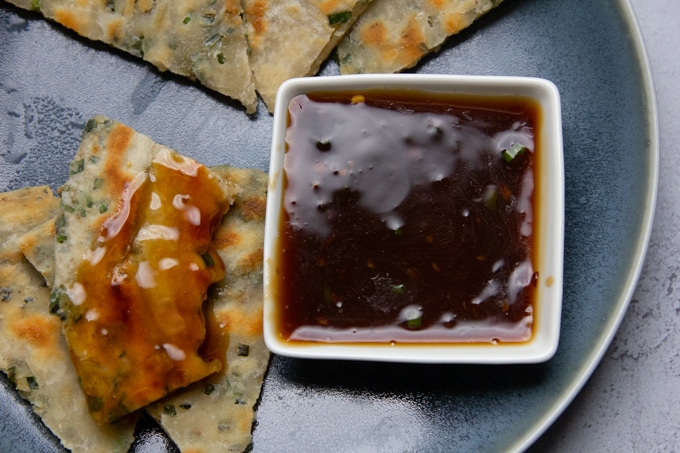

Balanced Soy Chili Sauce
Ingredients
- 1 tablespoon sesame oil, (or vegetable oil)
- 1 tablespoon vegetable oil
- 2 teaspoons fresh ginger root, minced
- 1 teaspoon red chili flakes
- ½ cup soy sauce
- ¼ cup rice wine vinegar
- ½ cup water
- 2 tablespoons raw sugar or honey, (see notes)
- 1 tablespoon cornstarch, mixed in ½ cup water
Instructions
- Heat both oils in a small saucepan on medium heat. Add minced ginger and chili flakes. Sauté until the ginger is just starting to brown.
- Add soy sauce, rice vinegar, water, and raw sugar. Bring to a boil, then reduce heat to a simmer. Add cornstarch slurry and stir frequently for about 5 minutes, until sauce is thickened.
- Turn off the heat and garnish with minced scallions if you like.
Notes
Nutrition
If you liked this post, please share it with your friends on social media, or leave a comment below.
For more Buttered Veg lifestyle content, follow me on Pinterest, Facebook, Instagram, and Twitter.
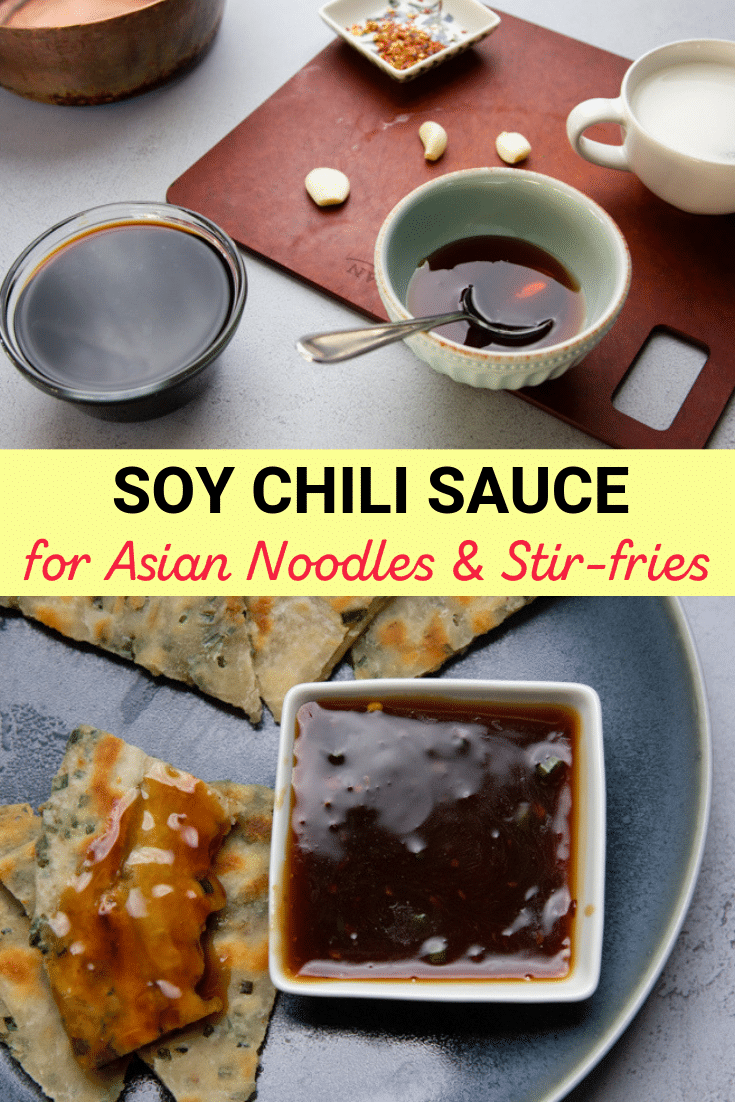



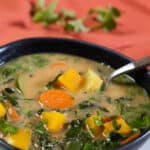
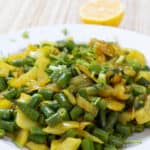




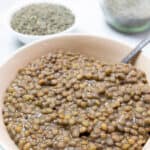
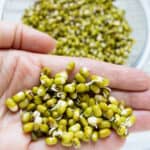
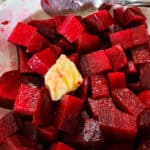



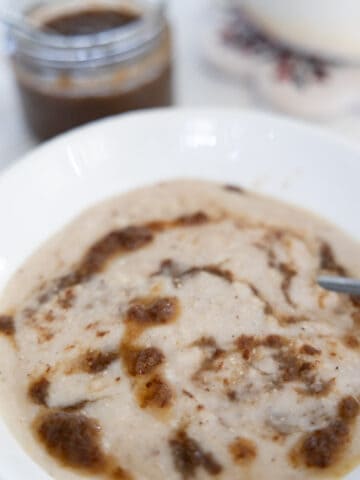
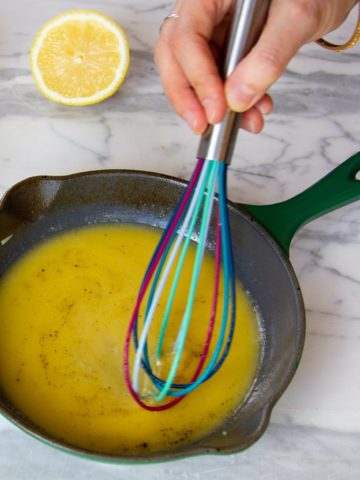
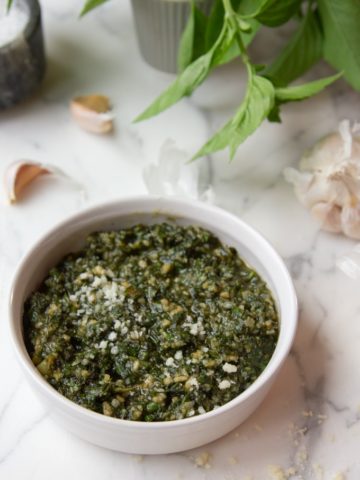
Ray Ray
Hello...I very much look forward to trying your recipe. I inadvertently came across this combination while camping and trying to come up with something tasty with what I had, which was off the shelf sweet chili sauce and soy sauce, which I smothered my ginger, carrots, and potatoes in, wrapping them in foil, along with some rosemary, and throwing it into the campfire to cook. Years later, I never forgot the magical surprise I got with basically an experiment I was performing, at a campfire. So, thank you for posting/sharing. I'm looking forward to trying this!
Andrea
Wow! what an awesome memory. Thank you so much for sharing. I am so thrilled that my recipe brought back such a nice memory. Here's hoping you can achieve this result again.
—Andrea
D. Alexander
Hello, Andrea--
We met onboard HAL when I was the ATK Host. I truly enjoy your blog! I'm looking for a glaze with the same ingredients as your gorgeous sauce. Question: If I eliminate the water in this recipe, (as well as the cornstarch slurry,) and simmer longer until further reduced, will sauce transform to the consistency of a glaze?
Thank you for your response!
Andrea
Hi there,
Thanks for the question. You would need to reduce it a lot to get that consistency, and I am not positive it would work. I am reminded of a balsamic glaze, where balsamic vinegar is reduced to a syrup. The difference with balsamic is more sugar in it. This is what makes me think it might not be the same. To clarify, it is the cornstarch that you do not want to use? There are many good substitutes for cornstarch, such as arrowroot, tapioca starch, kudzu, etc. I hope this helps.
—Andrea
soorya
we are only adding 1 tsp of chilli flakes will the spicy level be enough ?
Andrea
Hi Soorya, 1 teaspoon is medium spicy. You could try it, and then if it's not enough you could add more spices in the form of red chili powder, or stir in more flakes. Adding the spice after making the sauce will not be optimal, but you will get the spice you want and you will know how much to add for next time. — Andrea
mavee125
This Soy Chili Sauce is awesomely good! It definitely has rich-flavor. Glad I got to get my most favorite authentic Asian red chili flakes, low-sodium soy sauce and rice wine vinegar in Karman Foods. I can say that I made an extra special chili sauce. So love it!
Andrea
Thanks for the review and the recommendations!